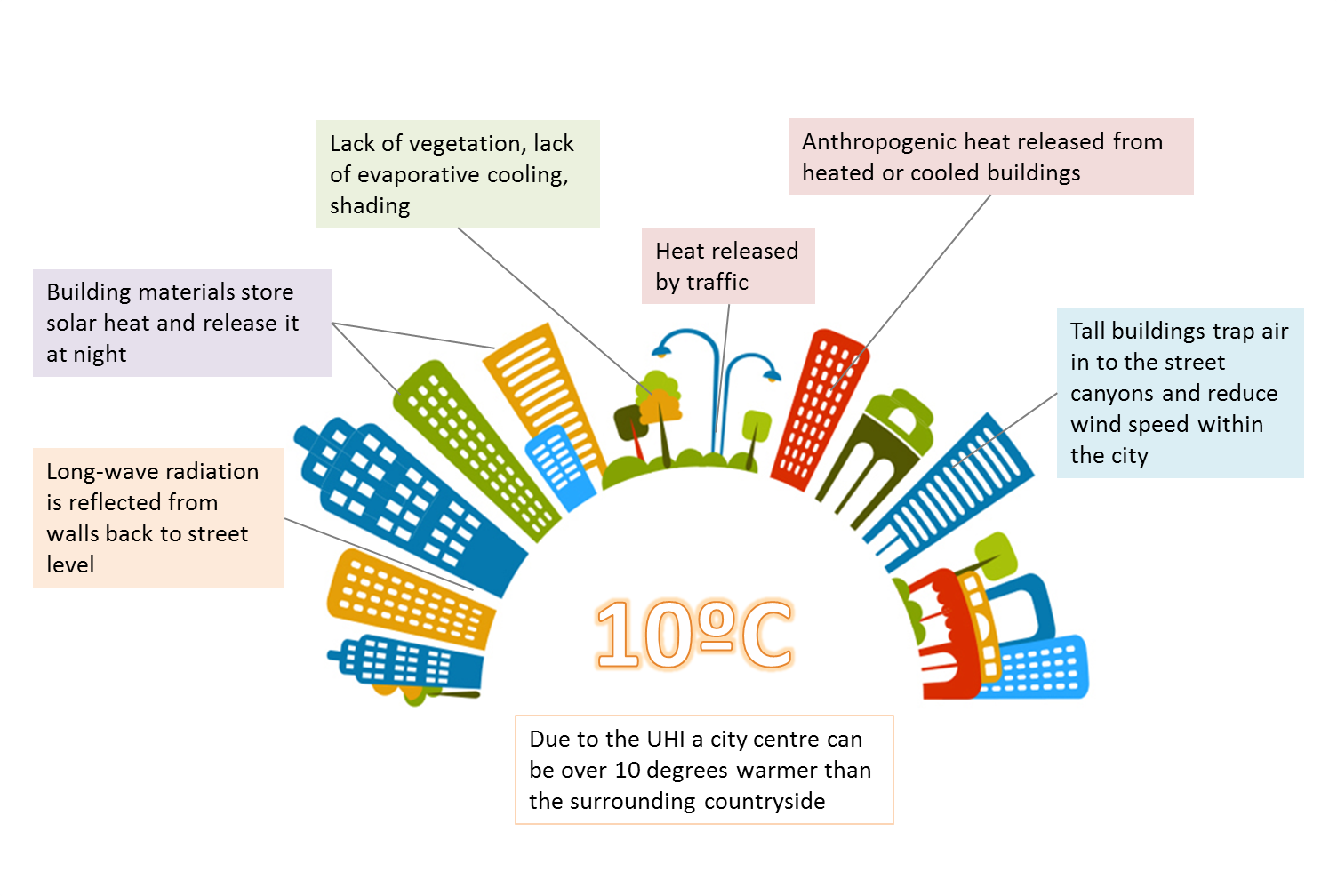The website ThoughtCo. offers various articles on multiple subjects, including physical geography, political geography, urban geography, climate, etc. Their goal is to provide resources for students and teachers of geography through articles, images, maps, etc. that explore these various topics within geography. One article within the category of physical geography explains oxbow lakes.
https://www.thoughtco.com/physical-geography-4133032
 Oxbow Lake beside the Amazon River
Oxbow Lake beside the Amazon River
Water in rivers flows faster on the outside of its curve than it does on the inside. This creates erosion and decay that does not happen on the inside, creating the final curved shape. The neck of the loop eventually erodes to the point of cutting itself off from the main river, creating the separate body of water known as the oxbow lake. Oxbow lakes can also be initiated by humans in order to meet navigational needs.
Oxbow lakes are bodies of water that are cut off from the river in which it began. They are unconnected but still close by since they were originally part of the river. Oxbows get their name from the bow-like appearance of them, due to the nature of rivers’ curvature. The water in these lakes no longer flows, but relies on precipitation, sometimes just becoming swamps. Due to lack of outside water, these oxbow lakes often evaporate entirely within a few years of breaking off from the river. As climate change continues to rise, these lakes will evaporate at faster rates. This reinforces the rising issue of water scarcity and the impact that humans have on it. In the United States, Oxbow lakes can be found along the Mississippi River and in Crater Lake, Iowa.

